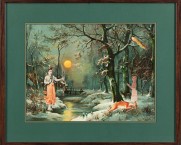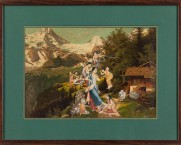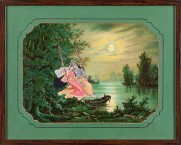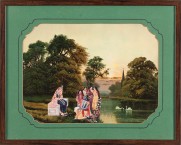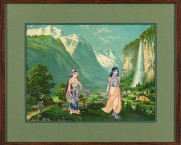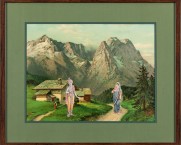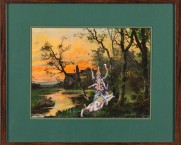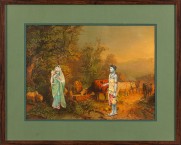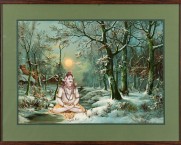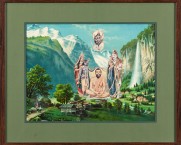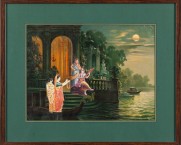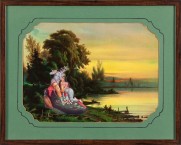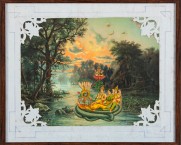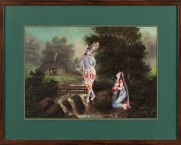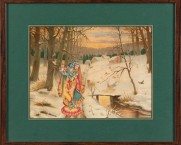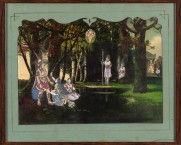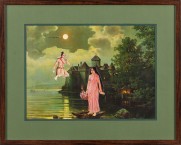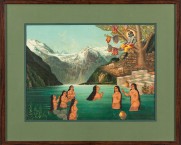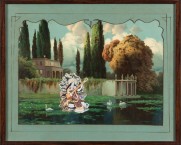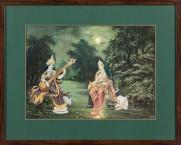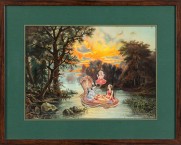C&L Shows
Cut & Paste: Popular mid 20th century art
In association with Aditya Ruia
2013
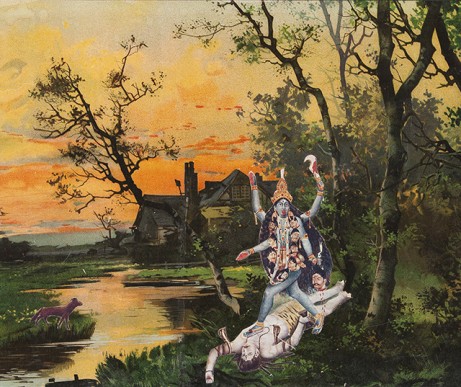
Overview
Found inside the Havelis of Shekhawati in North-East Rajasthan, the collages displayed at Chatterjee & Lal belonged predominately to the Vaishnava Bania community who migrated to Calcutta, Mumbai and other places from the 1850’s onwards. These people, getting on trains originating at Marwar junction and terminating at Calcutta or Mumbai, were loosely termed as Marwaris.
Shekhawati collages came to be assembled around the 1930s using a cut-and- paste technique. The medium for the particular group displayed in the exhibition are Chromo lithographs, produced either in Europe and America, onto which various types of indigenous prints, mainly printed in Bengal, are overlayed.
The magic of these works lies in the transformations that are set in motion by bringing together visual material from such startlingly diverse sources. The finished collages uniformly delve into Hindu mythology, most often with an emphasis on the Vaishnavite tradition. Whilst the narratives remain faithful to the epics to which they relate, the environments into which they are placed reveal much about the aspirations of both those creating the works as also their patrons. The process of assemblage was undertaken with an obsessive eye for detail, often leading to wonderful vignettes within the broader compositional structure of the works. As exemplars of 20th Century popular art from India, the Shekhawati collages represent an intriguing, if lesser known, high point.
Mass produced German and American prints depicting Alpine, European or Italianate scenes were used by the collage makers as backgrounds to paste Hindu Gods and Goddesses printed in India, by Indian printing & publishing houses, such as the Ravi Varma press, Calcutta Art Studio, Brijwasi and sons. This minimalistic intervention by the collage makers reinterprets space in which Hindu Gods and Goddesses appear in new locales. The compositions turn into ambivalent spaces between the sacred and the idyllic, mythical and the colonial. These spaces move into, and out of, the psyche of the patrons who occupied this ambivalent space of colonised and Master.
Like our own Internet age that has created conduits for many developments, the period under review was one of great technological invention. The world became accessible as never before. Mass produced prints flooded the market, making it easy for these collages to be produced. Popular culture such as theatre, cinema and art schools shaped the thought processes and aspirational values of Marwari patrons who now looked for a means of displaying their newly acquired social status.


